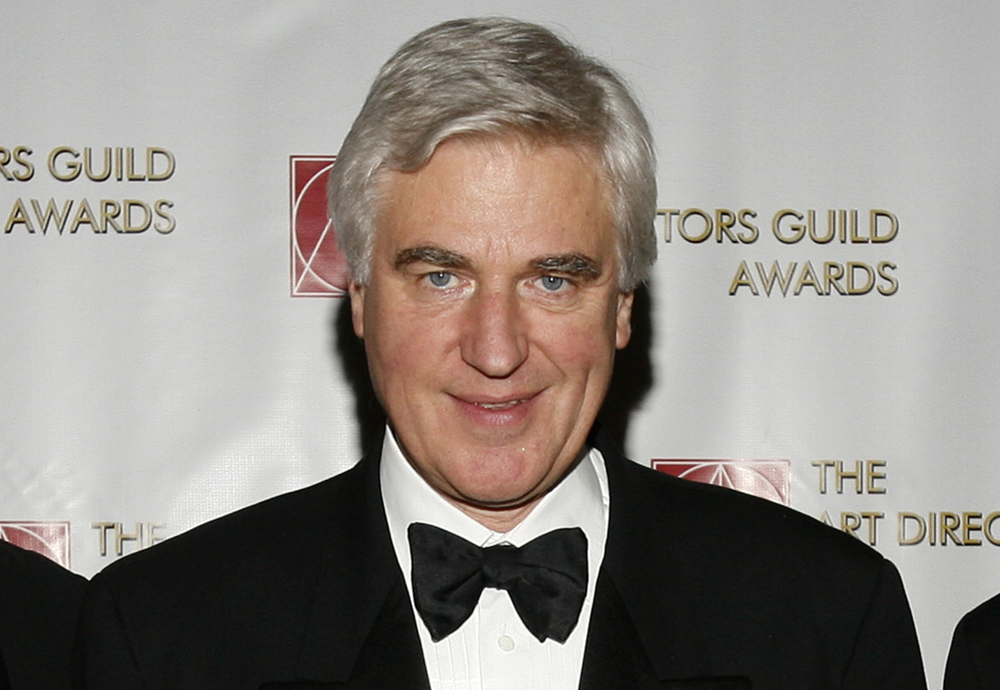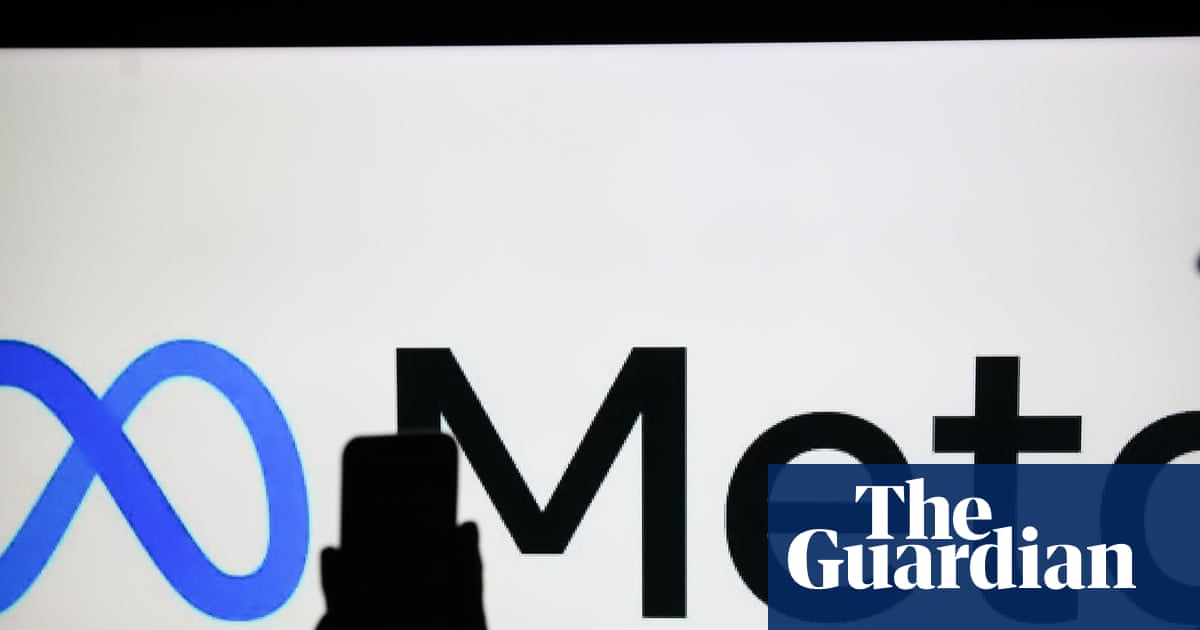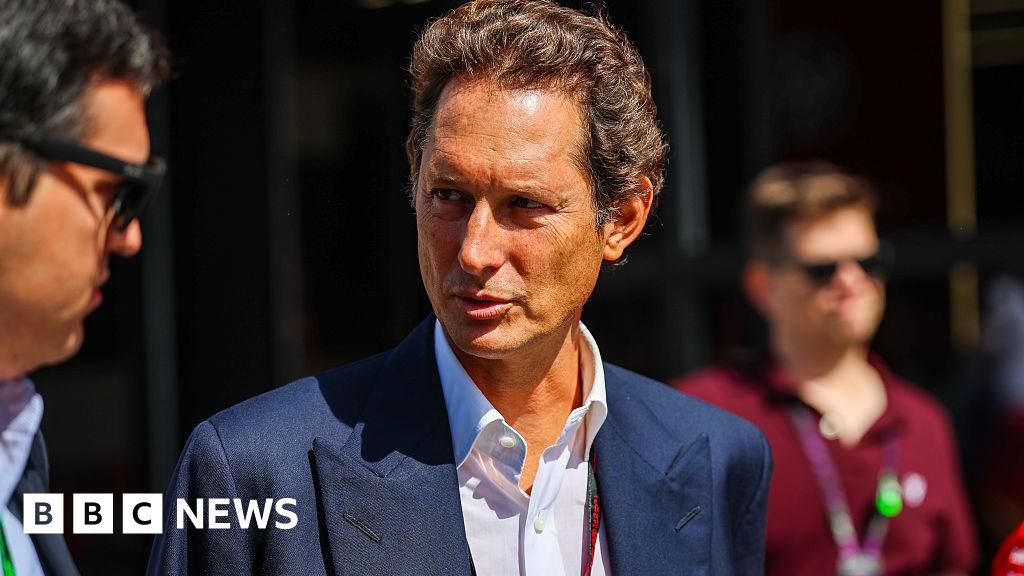Stuart Craig, a U.K. production designer and art director who won Oscars for his work on The English Patient, Dangerous Liaisons and Gandhi, died Sept. 7. He was 83.
Craig’s passing was confirmed via the British Film Designers Guild, which posted a message from BFDG member Neil Lamont on Facebook.
“It is with great sadness that I report that my friend and mentor, Production Designer Stuart Craig, passed away last night, 7th September 2025 aged 83, following a long battle with Parkinson’s disease,” wrote Lamont. “Stuart was the UK’s and, most probably, cinemas most-revered film designer … a true giant!”
Craig’s early credits include The Elephant Man, Greystoke: The Legend of Tarzan, Lord of the Apes, Cry Freedom, Chaplin and The Secret Garden. He won his first Oscar in 1983 for Gandhi, and his second in 1989 for Dangerous Liaisons.
In 1997, he won his third Oscar for The English Patient, where he met Lamont.
“Stuart and I first worked together on The English Patient, flying to Tunis to join him was one of the most important days of my career,” he wrote. “Straight out of the airport, on a recce of a local derelict, ruined building, 40 degrees, nervous, and I probably did one of the poorest surveys ever on a location. It turned out that we, subsequently, found better places. The experiences I had on this film, not only allowed me to see Stuarts talent, his beautiful sketches, pencil drawings and vision, but also the way which he conducted himself in all walks of life, in the studio, the car, restaurants. A true gentleman, with grace, kindness and humility.”
Craig would go on to serve as production designer on all of the Harry Potter films and the Fantastic Beasts trilogy.
“I bet that anyone you ask, ‘which designer would you like to work with the most,’ the answer 100% would be Stuart Craig,” wrote Lamont. “Anyone who met him will remember their encounter forever.”







